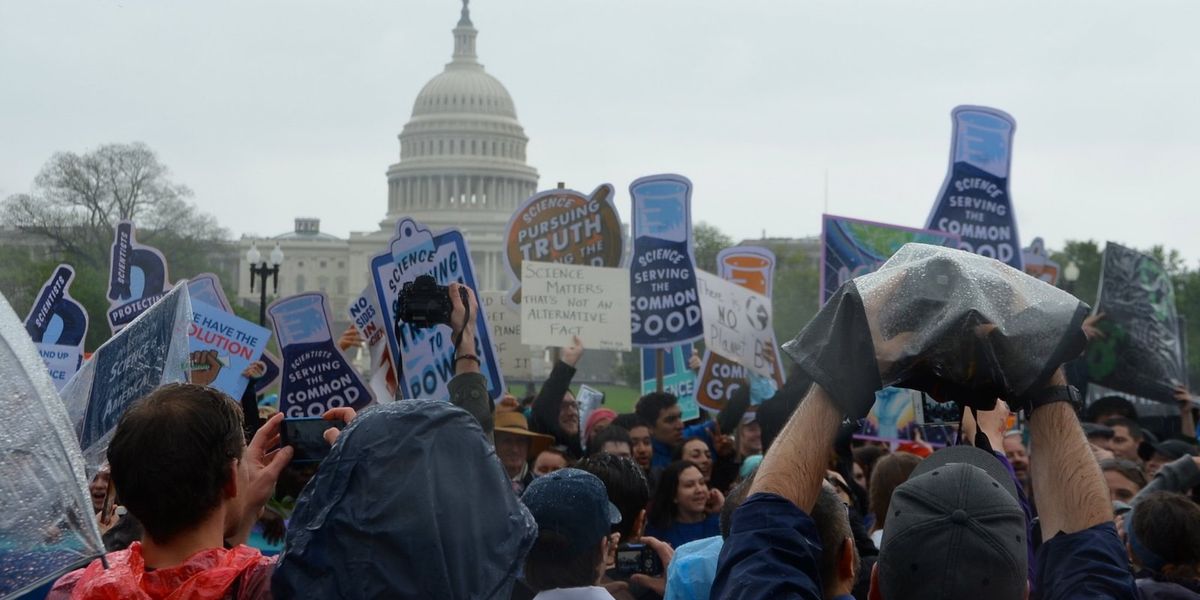
Cancer-causing benzene levels were cut in half at US refineries in 2023: Report
Texas refineries, however, still have some work to do.
In 2023 just six refineries were above the U.S. Environmental Protection Agency’s average annual “action level,” compared to 12 back in 2020. The level, which is nine micrograms per cubic meter and was set in 2015, serves as a standard that requires corrective action if the concentration of benzene at a facility exceeds it. Corrective measures include determining the root cause of the emissions and then mitigating the pollution. The 2015 benzene standard also required fenceline monitoring for benzene to be finalized by 2018 at several refineries and chemical plants.
Benzene is a cancer-causing compound found in oil, gas and petroleum products. Long-term exposure can also cause various blood disorders and reproductive harm. Short-term exposure can result in headaches, dizziness and respiratory irritation.
Environmental groups lauded the findings.
“Requiring companies to publicly disclose their fenceline monitoring results and to find and fix benzene pollution sources appears to be working,” said Eric Schaeffer, executive director of the Environmental Integrity Project, in a statement. “Although we and others are sometimes critical of EPA, this is an example of a success story of regulations working to help to protect neighborhoods near refineries from a dangerous pollutant.”
However, it’s not all good news. Houston, the “energy capital of the nation,” hosts one of the six remaining refineries exceeding the EPA’s benzene standards. The Houston-area Pemex (formally Shell) Deer Park Refinery is exceeding the standard more than any of the other remaining refineries and its annual emissions increased to 17.3 micrograms per cubic meter in 2023 — nearly double the EPA’s action level. The levels have been rising over the past two and a half years, according to fenceline data compiled by the Environmental Integrity Project.
“Let's not forget communities that are still suffering from the effects of high benzene levels, such as Deer Park and Galena Park in the Houston area, as well as others nationwide. We must continue to take further strides and actions to provide support to these communities,” said Juan Flores, community air monitoring program manager for Air Alliance Houston, a local nonprofit dedicated to cleaner air, in a statement.
Another Texas refinery — the Total Refinery in Port Arthur — exceeded the EPA’s action level “every reporting period since monitoring began in January 2019,” according to the Environmental Integrity Project report.
“Requiring companies to publicly disclose their fenceline monitoring results and to find and fix benzene pollution sources appears to be working." - Eric Schaeffer, executive director of the Environmental Integrity Project
The report authors did note that the decrease in refineries exceeding the action levels does not account for a few refineries that have onsite monitoring plans that adjust their benzene readings downward if there are known offsite sources — or onsite sources like storage tanks — contributing to the emissions.
In addition to the benzene rule, the EPA in April expanded fenceline monitoring rules for more than 200 chemical companies. The EPA says the rule — created under the Clean Air Act and focused on six pollutants including ethylene oxide, chloroprene, benzene, 1,3-butadiene, ethylene dichloride and vinyl chloride — will reduce toxic air pollution near these plants by roughly 6,200 tons annually, protecting the health and reducing the cancer burden of nearby residents.
“With the success of the benzene monitoring program, hopefully this expansion of fenceline monitoring will mean that even more industrial facilities will feel pressure to curb their emissions of dangerous air pollutants into surrounding communities,” said Schaeffer.
For additional information on benzene levels, the Environmental Integrity Project launched a database including fenceline monitoring data from 2018 through 2023.














